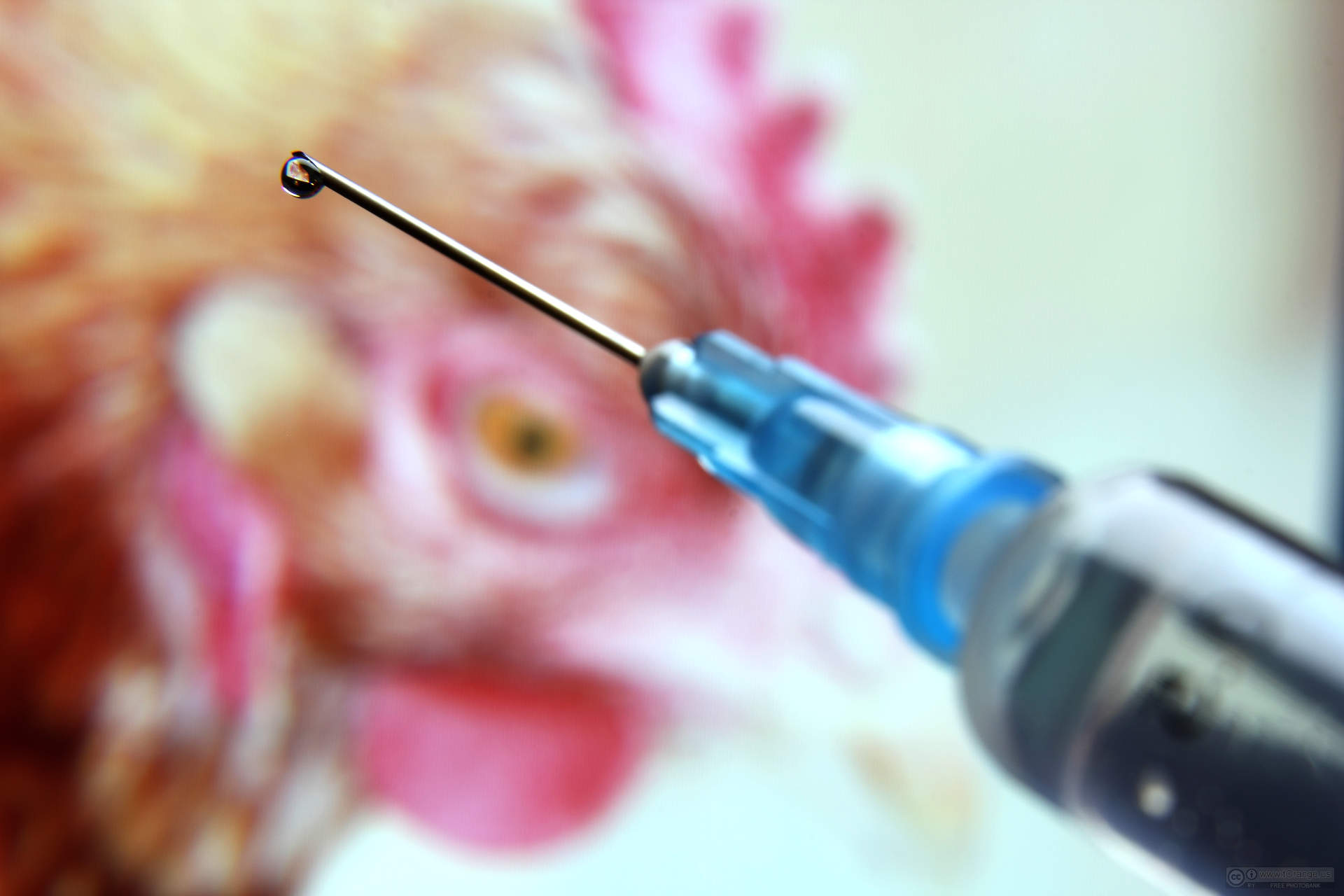New threat from Canadian livestock
The sphere of antibiotic resistance has gotten wider, and more dangerous. A newly identified gene, MCR-1, enables regular bacteria to develop resistance against the strongest antibiotics available. In January 2016, the gene was detected in Canadian beef.
MCR-1 is a plasmid that can replicate autonomously in suitable hosts; which in this case are bacteria which were previously susceptible to medication. The gene produces a chemical which makes bacteria immune to powerful antibiotics, such as Colistin, which is used as a last-ditch effort against infections when all other treatments fail.
The gene most likely originated in livestock, but it has now been seen in bacterial samples taken from human beings. Microbiologists have long been pointing to agricultural use of human antibiotics as an exacerbating factor in an already deadly problem. A new strategy may mitigate this effect: the end of sub-therapeutic use in farm animals.
Antibiotics and Animals
In December 2016, both Health Canada and the U.S. Food and Drug Administration will place restrictions on antibiotic use in animals. Livestock producers will require veterinary prescriptions before providing their animals with antibiotics. The goal of the new regulations is to significantly reduce its use, providing antibiotics strictly as a method of preventing or treating on-going infections.
Agriculture has been incorporating antibiotics into animal production for over half a century. When given to healthy animals, the medication promotes weight gain. Animals eat the same amount of food, but put on more weight. For those in the animal production industry, the medical breakthrough had profound economic implications.
However, with widespread use, bacteria have more opportunities to resist the antibiotics. As living organisms with short generational time spans, bacteria evolve to develop immunity to these antibiotics. The more frequently bacterial strains come into contact with the medication, the more quickly immunity develops. The prevalence of antibiotics, not only in farm animals, but medical settings as well, have led to the imminent crisis – a point in time where infectious bacteria are immune to all forms of antibiotics.
The promising case of Ractopamine
The Health Canada and FDA ban will come into effect December 2016. The ban is expected to change operational practices for feed and livestock producers. Some, including Dr. John Prescott, a professor emeritus at Guelph University’s pathobiology department, says that in light of the ban, “growth promotion use in food animals in North America is going to come to an end”. However, this is not necessarily the case.
Ractopamine is an alternative growth promoter used by many North American farmers. Four versions of the beta-antagonist has been approved by the Canadian Food Inspection Agency for use in animal feed. Although North American governments and farmers have by and large embraced Ractopamine, its use is still controversial. Over 160 countries have banned the additive, citing possible toxic effects in animals and people.
Several significant markets ban meat imports that contain Ractopamine. When Russia created this policy in 2012, hog producers in Alberta and B.C. collectively ended the long standing practice of using the growth stimulus in pork production.
The executive director of Alberta Pork, Darcy Fitzgerald, stated that the transition was not very difficult, as a large portion of Alberta hog producers never used the growth stimulant. Approximately 50% of producers were using Ractopamine before the ban. 
A similar transition may be possible in the wake of the new policy on antibiotics. According to a report from the U.S. Department of Agriculture, 40% of pigs, 50% of chickens, and 75% of cattle come from farms where antibiotics are used as growth enhancers. This means that a significant number of livestock producers are able to maintain production without the sub-therapeutic use of antibiotics. This report also indicates that animals fed the antibiotics only see a 1-3% increase in weight. In many cases, the effect is not even statistically significant.
New policy: too little too late?
Canadian Animal producers have already shown that they are adaptable to market demands. In the case of Ractopamine and the Western Canada hog industry, a product which was once seen in half of all products is now virtually gone. A federal policy, however, may not have the same effect.
In a report from the CBC, critics argue that the changes implemented by Health Canada may not significantly reduce the amount of antibiotics used in Canadian farms. The ban specifically prohibits sub-therapeutic use of antibiotic use for the purpose of growth promotion. A concern is that the same amount of antibiotics will be given to animals, but instead of the intended use being ‘growth promotion’, it will be considered ‘disease prevention’.
In Canada, when antibiotics are purchased for disease prevention, a prescription is required. However, Canadian law permits farmers to import antibiotics for their own purpose without authorization from Canadian veterinarian or medical professional. According to an evaluation conducted by Health Canada and the Public Health Agency of Canada, this may be an ever greater threat to resistance than antibiotics used to promote animal growth.
On the surface, the concerted Health Canada and FDA regulations appear to be a bold step in the fight against antibiotic resistance. Upon closer examination, there is no guarantee that the policy will decrease the amount of antibiotics given to Canadian livestock, on average of 1.6 million kg/year. As strains of resistant bacteria emerge at an increasing pace, the public requires a more thorough response. The startling discovery of the MCR-1 gene in Canadian beef means that action cannot come soon enough.




